Tibet

It's hard to imagine a much more dramatic
introduction to Tibet than flying over the Kham province in historical
eastern Tibet. Since China carved up Tibet in the 1950s, much of
this eastern region has been annexed to the Sichuan province. As
a result, many authentic Tibetan villages can be readily visited not
far west from Chengdu. Somehow two highways snake through these
seemingly impassable mountains to connect China to the capital
city of Lhasa on the Tibetan plateau. Foreign tourists are now
permitted to travel overland from Zhongdian (Shangri-la?) in Yunnan
province to Lhasa and this must be one of the most devastatingly
beautiful road trips in the world.
blablabla
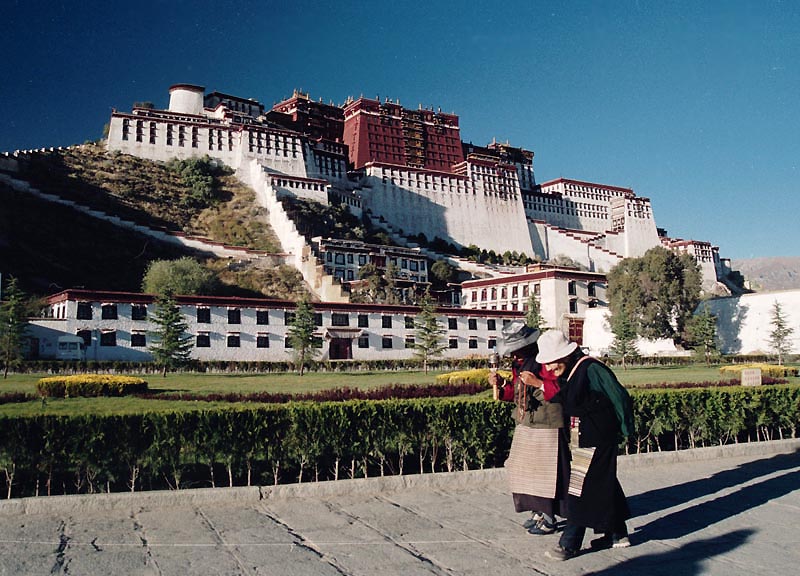
The Potala Palace remains
the emblem of Tibet, but it is devoid of life as the former seat of the
Dalai Lama. It is now an empty museum piece charging exotrtionate
fees to milk the tourists. To the highly religious Tibetans, a
kora (ceremonial clockwise circuit) around the palace remains de
rigeur. One of these ladies is holding a prayer wheel, which must
be gently swirled in the hand to rotate the suspended talisman
clockwise around the stick.
blablabla
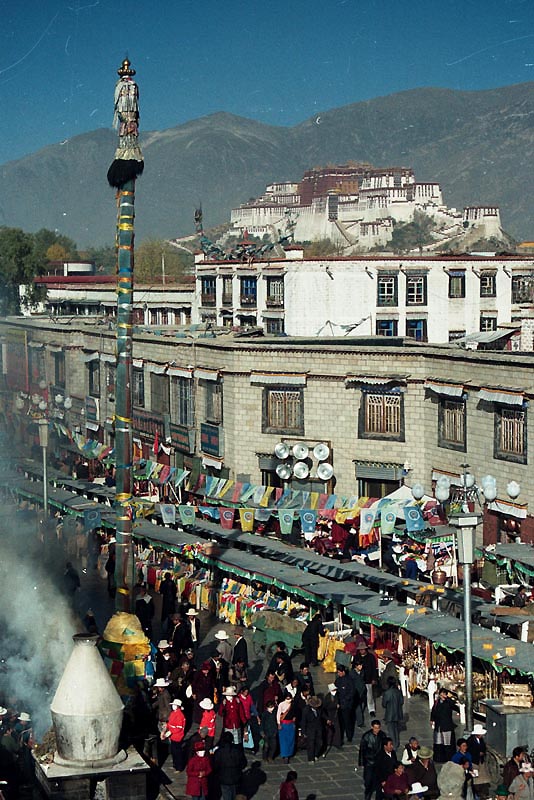

Of more religious importance to Tibetan
buddhist pilgrims is the Jokhang Monastery, the mother temple of the
religion. On most days, hours of wait time await worhippers to
briefly enter the central shrine in the morning. The roof of the
Jokhang can also be accessed, with nice views over Lhasa (above).
Considerable crowds perform the kora around the Jokhang, and in fact,
around all temples of religious significance. Many of the
principal temples of Tibetan buddhism are located within 4 hours by
road from Lhasa, but that doesn't include the grueling circuit of
sacred Kailash mountain in the far western reaches of Tibet,
functioning as their Mecca or Western Wall.
blabla
blabla.
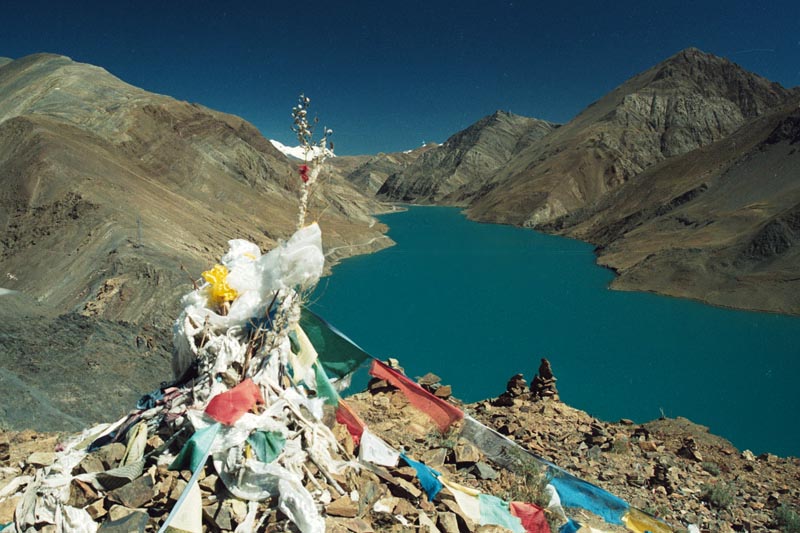
Prayer flags sit atop a hilltop viewpoint
overlooking the Yamdrok-Tso Lake. It takes your breath away,
quite literally at 4488m altitude as I found out on the day after my
flight to Tibet from lowland China. Those green gracial lakes are
as beautiful here as any other glacial lakes in the world.
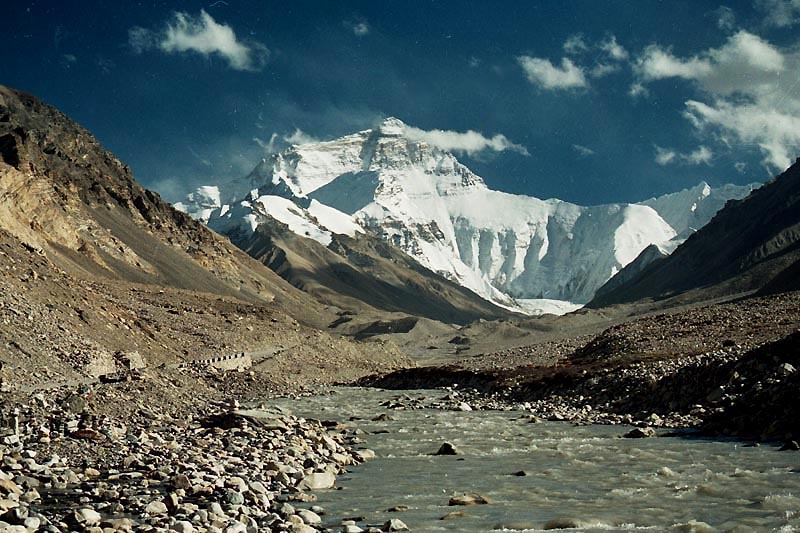
Qomolangma is what Tibetans call Mount
Everest, the highest mountain in the world. Instead of the 3 week
hike to achieve a partly obscured view of the peak that you'd have to
undertake on the Nepali side of the border, a Landcruiser takes you to
within an hours walk to the Everest Base Camp on the Tibetan
side. And with a beautiful sunset tinting the snow red in the
waning light of the day.
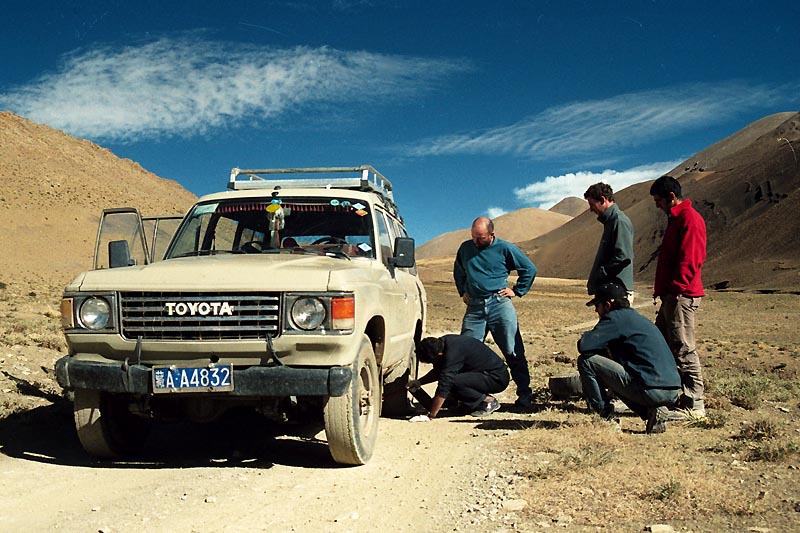
Hardship is still a
fact of life along the primitive network of roads in most of
Tibet. Flat tires are a common occurrence and they're a whole lot
more enjoyable in the sunlight than at night in below-freezing
temperatures! Our Landcruiser was also trapped in frozen streams,
had wiper fluid freeze on contact with the windshield, and had to inch
past several dramatically overturned trucks which had skidded off the
iced mountain passes. And this was in mid October! I would
never attempt this trip in the dead of winter.
blabla


I can say for
certain that one of the inevitable discoveries and enjoyment of Tibet
is the interaction, however rudimentary, with Tibetans. Their
natural expressions are a photographer's dream and their friendly
engagement of visitors marks such a sharp contrast with the aloofness
of the Chinese, always paralyzed by fear of social embarrassment. Wandering into any
random village off the beaten path in Tibet, where one can imagine a
"first encounter" might still be remotely possible, is an essential and
unforgettable experience for locals and visitors alike. These
portraits were taken in a village near Tingri, one of the most
rewarding and unchinesified cities along the main road to Nepal.
BACK
to HOMEPAGE








